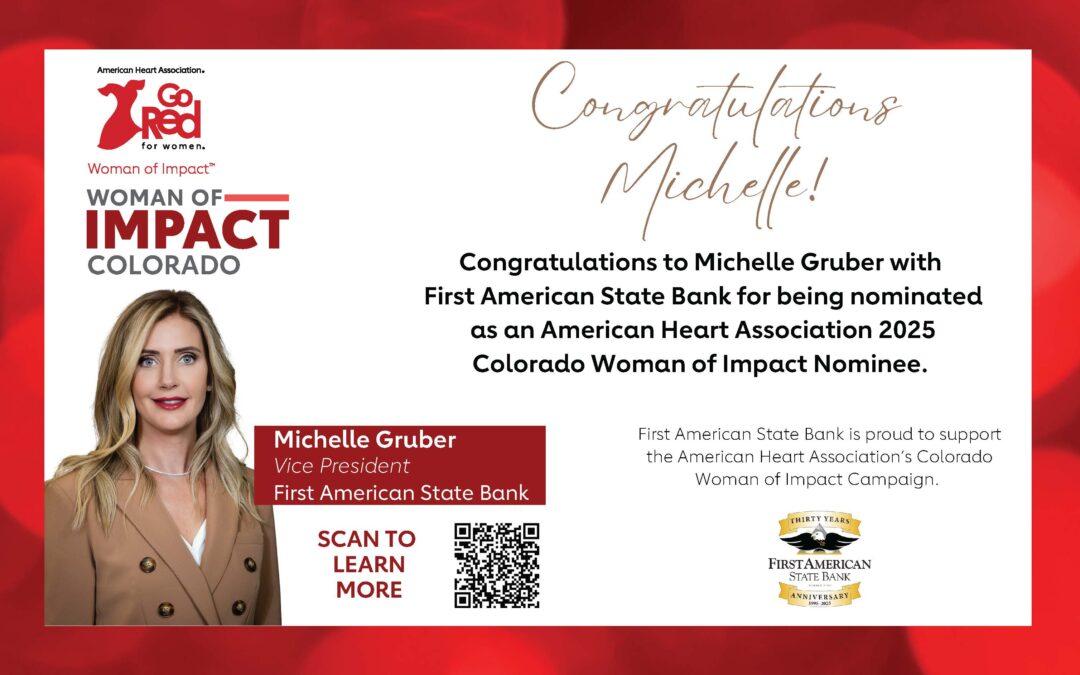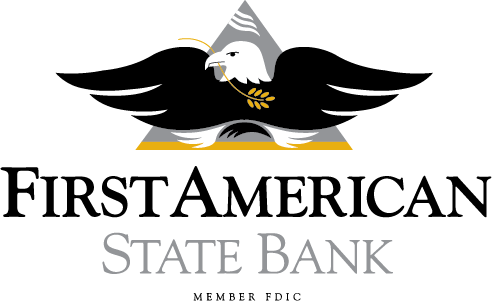Securing a commercial real estate loan can be complex, but being well-prepared can significantly improve your chances of getting a favorable outcome. First American State Bank lenders pride themselves on their knowledge of commercial real estate loans and pertinent market factors. By sharing our knowledge of the local market and through extensive lending experience, we are often able to enhance the performance of real estate investments. Simply funding a transaction is not our objective; we strive to be a true credit partner and treasury management advisor.
Why might you want to consider purchasing real estate for your business to occupy? Real estate often weathers market fluctuations better than most other investments and it generally will appreciate over time. Owning your space means you have more control over use, improvements and design. Not to mention you may have the opportunity to lease part of the space to another tenant and generate income. Owner occupants also create an alternate strategy over the cycle of business ownership wherein they may sell the business at some point but are able to retain the real estate as a source of passive income going forward.
Where to begin? You want to start with a solid business plan that demonstrates how the property will generate income or benefit you as a business owner. Be realistic regarding both the expected income and expenses for the property. You need to ensure your credit is in good standing and take steps to address any issues before applying for a loan. Then, you’ll want to consider what terms, loan type and interest rates best meet your needs. Finally, you’ll want to be sure that the banking partner you select is working in your best interest and is able to provide sound advice and counsel. A business relationship is successful when both parties benefit.
Have more questions? Our highly experienced lenders have extensive knowledge of commercial real estate loans and pertinent market factors. Partnering with us means you’ll have all that plus direct access to decision makers meaning the entire process is streamlined and efficient.
First American State Bank
www.fasbank.com
www.firstamericanstatebank.com/lending/
303-694-6464
8390 E. Crescent Parkway, Suite 100
Greenwood Village Co, 80111







